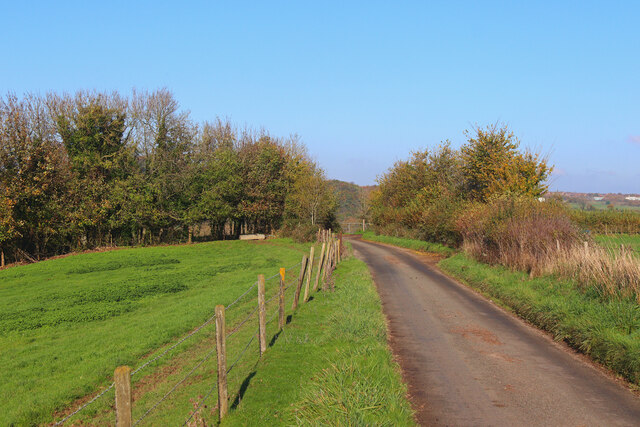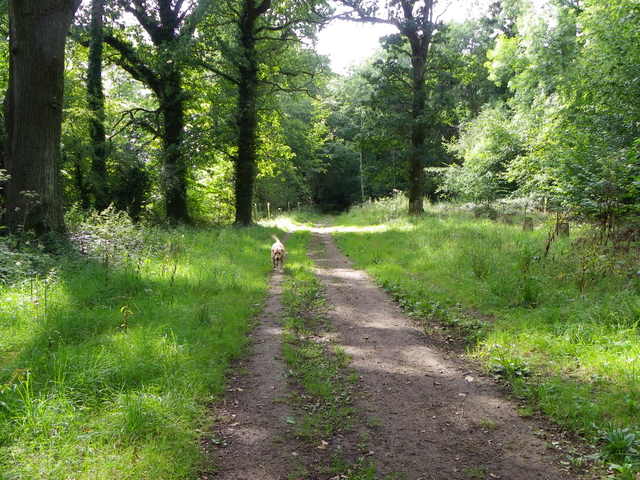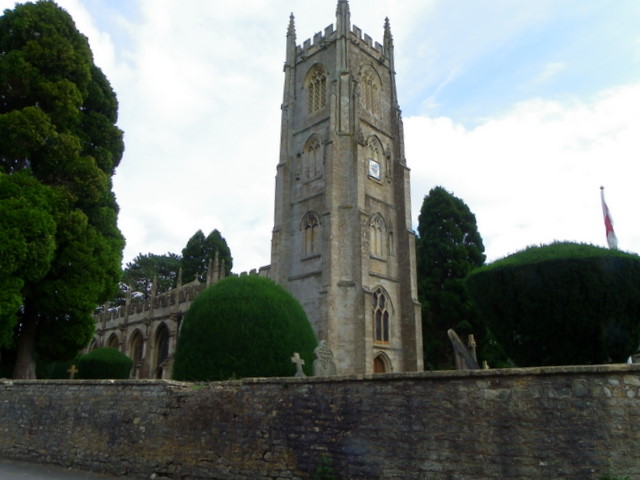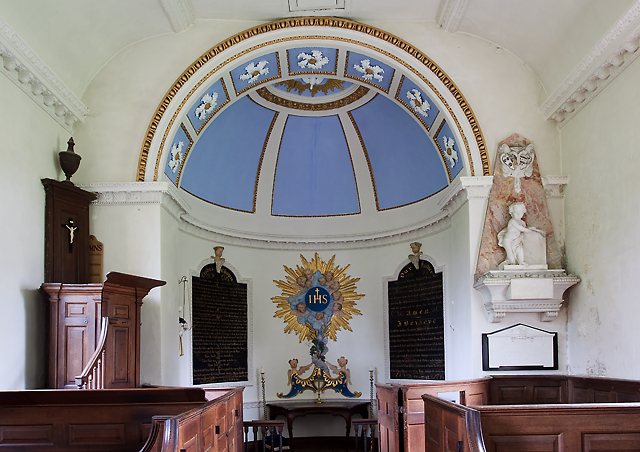Gagman Coppice
Wood, Forest in Somerset Mendip
England
Gagman Coppice

Gagman Coppice is a picturesque woodland located in Somerset, England. Nestled in the heart of the county, this forested area spans approximately 100 acres and is a haven for nature enthusiasts and outdoor adventurers alike.
The coppice, also known as a wood or forest, is predominantly composed of native broadleaf trees such as oak, beech, and ash. These majestic trees provide a lush canopy that creates a serene and tranquil environment for visitors. The forest floor is covered with a rich carpet of wildflowers, ferns, and moss, adding to its natural beauty.
One of the notable features of Gagman Coppice is its diverse wildlife. The forest is home to a variety of bird species, including woodpeckers, owls, and songbirds. It is also a haven for small mammals like squirrels, foxes, and hedgehogs. The presence of a nearby stream adds to the habitat diversity, attracting amphibians and insects.
Visitors to Gagman Coppice can enjoy a range of recreational activities. The forest boasts several well-marked trails, suitable for both leisurely walks and more vigorous hikes. These paths wind through the woods, offering stunning views of the surrounding countryside. For those seeking a peaceful retreat, there are designated picnic areas where visitors can relax and enjoy the natural surroundings.
Gagman Coppice is easily accessible, with ample parking facilities and nearby public transportation options. The forest is open to the public year-round, allowing visitors to experience its beauty in all seasons. Whether one seeks solace in nature or an adventure-filled day exploring the woodlands, Gagman Coppice offers something for everyone.
If you have any feedback on the listing, please let us know in the comments section below.
Gagman Coppice Images
Images are sourced within 2km of 51.273442/-2.4220796 or Grid Reference ST7052. Thanks to Geograph Open Source API. All images are credited.


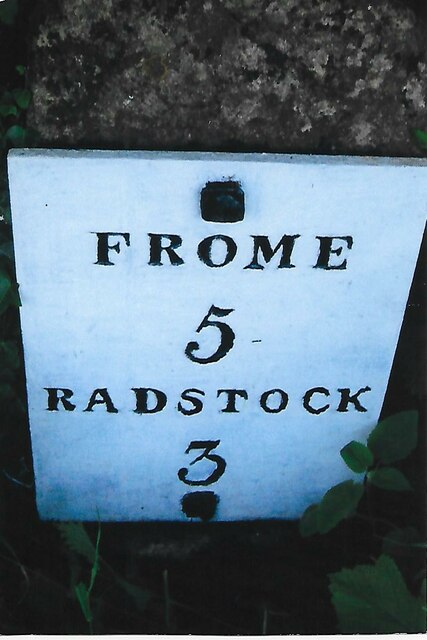




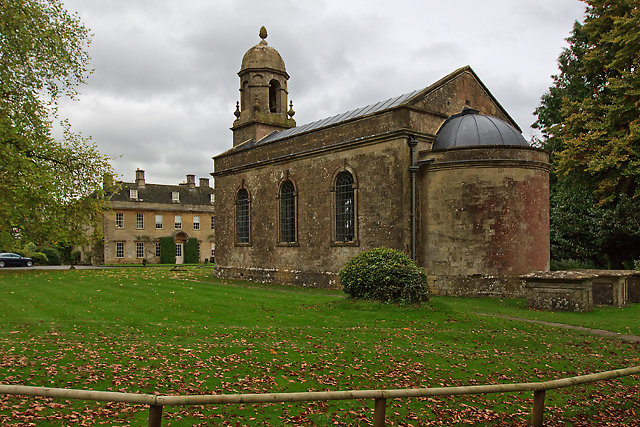

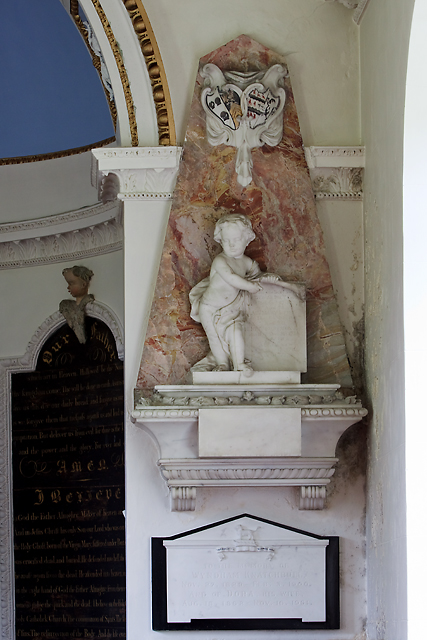
Gagman Coppice is located at Grid Ref: ST7052 (Lat: 51.273442, Lng: -2.4220796)
Administrative County: Somerset
District: Mendip
Police Authority: Avon and Somerset
What 3 Words
///layover.brambles.mindset. Near Radstock, Somerset
Nearby Locations
Related Wikis
Ammerdown House, Kilmersdon
Ammerdown House in Kilmersdon, Somerset, England, was built in 1788. It has been designated as Grade I listed building. It was built as a country house...
Kilmersdon
Kilmersdon is a village and civil parish on the north eastern slopes of the Mendip Hills in Somerset between the towns of Radstock and Frome. It is located...
Kingsdown Camp
Kingsdown Camp is an Iron Age hillfort at Buckland Dinham 4.5 kilometres (3 mi) South East of Radstock, Somerset, England. It is a Scheduled Monument....
Writhlington School
Writhlington School is a secondary school for pupils aged 11–18 in Writhlington, Bath and North East Somerset, England. It is the main secondary school...
Nearby Amenities
Located within 500m of 51.273442,-2.4220796Have you been to Gagman Coppice?
Leave your review of Gagman Coppice below (or comments, questions and feedback).
